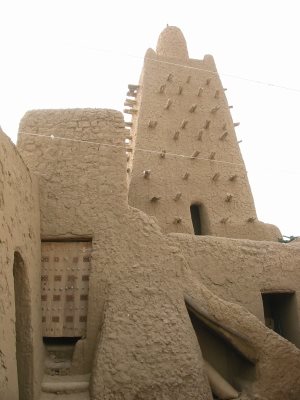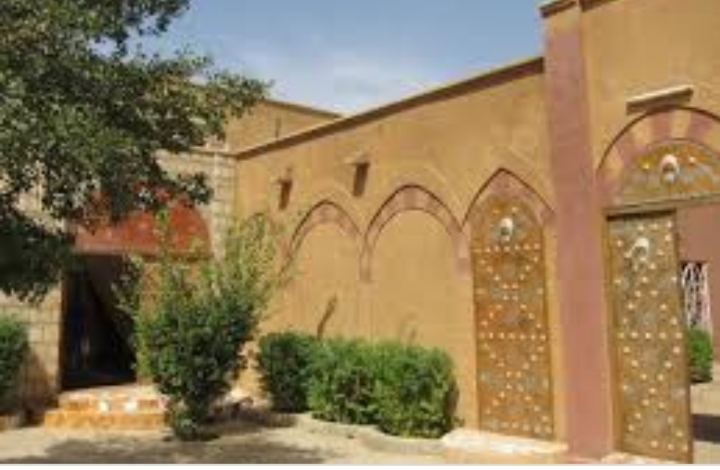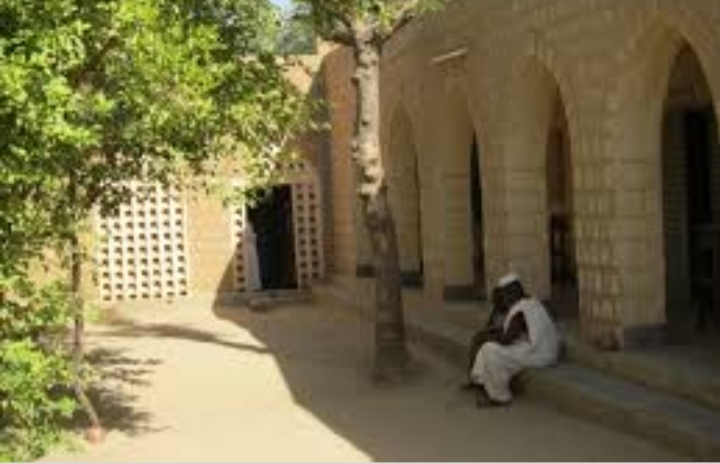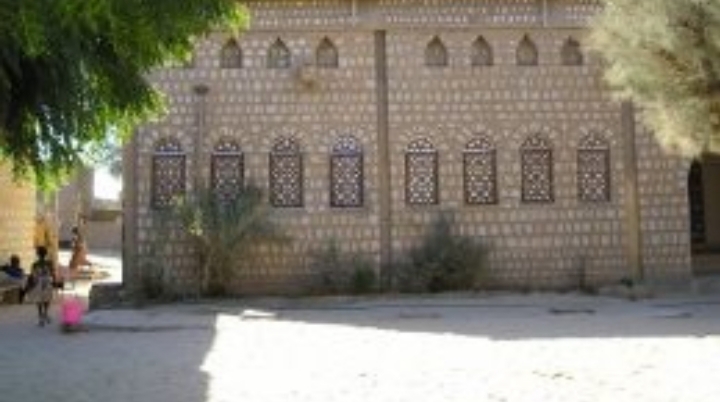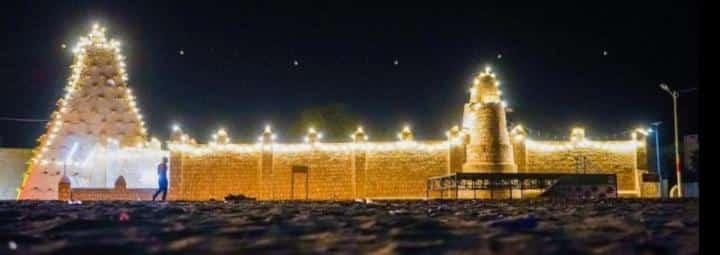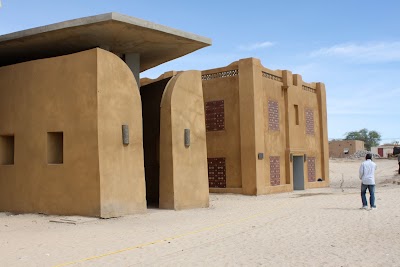Timbuktu Cultural Center (Centre Culturel de Tombouctou)
Overview
In Mali's historic city of Timbuktu, an essential beacon of heritage shines brightly: the Mission Culturelle de Tombouctou, or Timbuktu Cultural Center. This vital institution was established to protect and promote the region's rich cultural legacy, standing as a testament to the city’s ancient significance as a hub of trade and scholarship.
The concept for the Mission Culturelle emerged in the late 20th century, at a time when Timbuktu was celebrated as a vibrant crossroad for trade and a renowned center for Islamic scholarship during the 15th and 16th centuries. The city gained global recognition for its invaluable manuscripts and learning centers. However, as the years passed, many of these treasures faced threats from natural decay and periods of conflict, prompting the urgent need for preservation.
With the support of both national and international organizations, the construction of the center began. UNESCO played a pivotal role in this endeavor, acknowledging Timbuktu as a World Heritage site. Funding and expertise were gathered from multiple sources, including the Malian government, private donors, and international entities committed to historical conservation.
Local architects and builders utilized traditional Sahelian architectural techniques to ensure that the center harmonized with the surrounding ancient structures. The predominant use of sun-dried mud bricks, or 'banco', was chosen for both its authenticity and practicality, offering excellent thermal insulation suited to the region's harsh climate.
Completed in the early 2000s, the Mission Culturelle de Tombouctou encompasses a library, archive rooms, exhibition halls, and conservation laboratories. The library is home to thousands of manuscripts that have been meticulously cataloged and preserved, covering topics such as astronomy, poetry, law, history, and theology—reflecting the city's once-thriving intellectual climate.
Over the years, the center has hosted an array of exhibitions, conferences, and cultural events aimed at deepening the public's understanding of Timbuktu’s historical significance. Continuous educational programs engage local youth and scholars from around the globe, fostering a passion for the study and preservation of Timbuktu’s rich heritage.
The center's efforts garnered significant international attention during the 2012 crisis, when Timbuktu faced occupation by armed groups. Amidst the chaos, there were grave concerns for the safety of the priceless manuscripts. Thanks to the swift actions of local custodians and protective measures implemented by the center, many manuscripts were discreetly moved to safe locations, ensuring their continued preservation.
Today, the Timbuktu Cultural Center continues its mission by collaborating with global institutions to leverage technology for the digitization of manuscripts. This initiative not only makes these historical documents accessible to researchers worldwide but also safeguards them against future threats and wear over time.
Moreover, the center plays a vital role in the local economy by attracting tourists, scholars, and cultural enthusiasts eager to explore Timbuktu’s rich tapestry of history. This influx of visitors not only provides financial support but also fosters cross-cultural understanding and appreciation.
Through its unwavering commitment to heritage protection, the Mission Culturelle de Tombouctou stands as a cornerstone of cultural preservation. It serves as an enduring reminder of Timbuktu’s illustrious history, ensuring that future generations, both locally and internationally, can appreciate the city’s invaluable contributions to human knowledge and culture.


